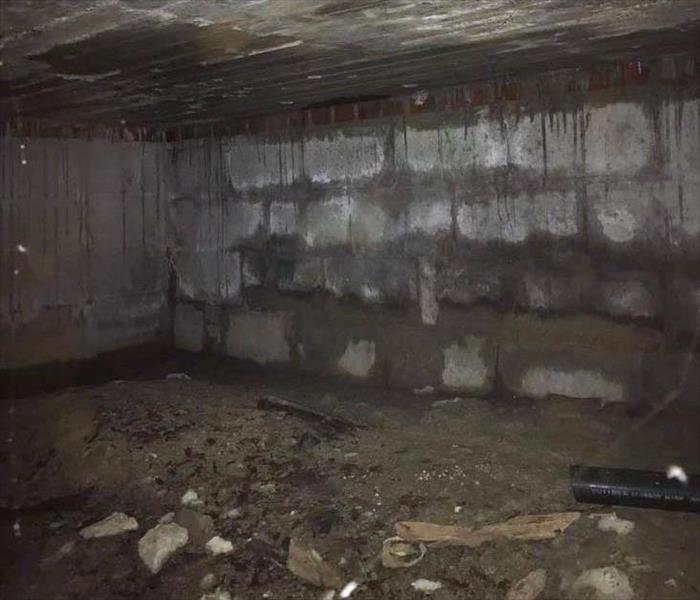How to Prepare Your Home for Flooding
6/21/2023 (Permalink)
Flooding can be a devastating event that causes significant damage to homes and properties. As a homeowner, it is crucial to take proactive steps to prepare your home and minimize the risks associated with flooding. In this blog, we will provide you with essential tips on how to prepare your home for flooding, ensuring the safety of your family and the protection of your property.
Understand Your Risk
The first step in preparing your home for flooding is to understand your risk. Research and gather information about the flood history in your area, including the likelihood of river or coastal flooding, flash floods, or heavy rainfall events. This knowledge will help you assess the level of preparedness needed for your specific location.
Evaluate Your Home's Vulnerabilities
Conduct a thorough assessment of your home to identify potential vulnerabilities to flooding. Check the foundation for cracks or weaknesses and inspect the walls, windows, and doors for any areas where water could seep in. Ensure that your gutters and downspouts are clear of debris and functioning properly to prevent water buildup around your home.
Install Proper Drainage Systems
Installing proper drainage systems around your property is essential in redirecting water away from your home during a flood. Consider installing French drains, sump pumps, or a comprehensive gutter system to ensure effective water management. Additionally, make sure that the grading around your home slopes away from the foundation to prevent water pooling.
Seal Vulnerable Entry Points
Take measures to seal vulnerable entry points where water could enter your home. Use waterproof sealant or caulking to seal cracks in the foundation, walls, and windows. Install weatherstripping on doors to create a tight seal and prevent water infiltration.
Elevate Valuables and Utilities
In anticipation of flooding, elevate valuable belongings and utilities in your home. Move furniture, electronics, and important documents to higher ground or upper floors. Consider elevating your HVAC system, electrical panels, and appliances to minimize potential damage.
Create an Emergency Preparedness Kit
Prepare an emergency kit that includes essential supplies such as food, water, medications, flashlights, batteries, and a first aid kit. Store the kit in an easily accessible location, and ensure that all family members are aware of its contents and location.
Develop an Evacuation Plan
In the event of severe flooding, having a well-thought-out evacuation plan is crucial. Identify safe evacuation routes and establish a meeting point for family members. Stay informed about local emergency alerts and heed evacuation orders from authorities to ensure the safety of your family.
Preparing your home for flooding is an important responsibility as a homeowner. By understanding the risks, assessing vulnerabilities, and implementing preventive measures, you can minimize the impact of flooding on your property. Remember to stay informed, create a comprehensive emergency plan, and regularly review and update your flood preparedness strategies. Together, we can safeguard our homes and protect our loved ones from the devastating effects of flooding.
If your home has been affected by flooding or water damage, our team at SERVPRO of Johnston County South is here to help. Contact us for professional disaster restoration services and let us assist you in restoring your home to its pre-flood condition.

 24/7 Emergency Service
24/7 Emergency Service
